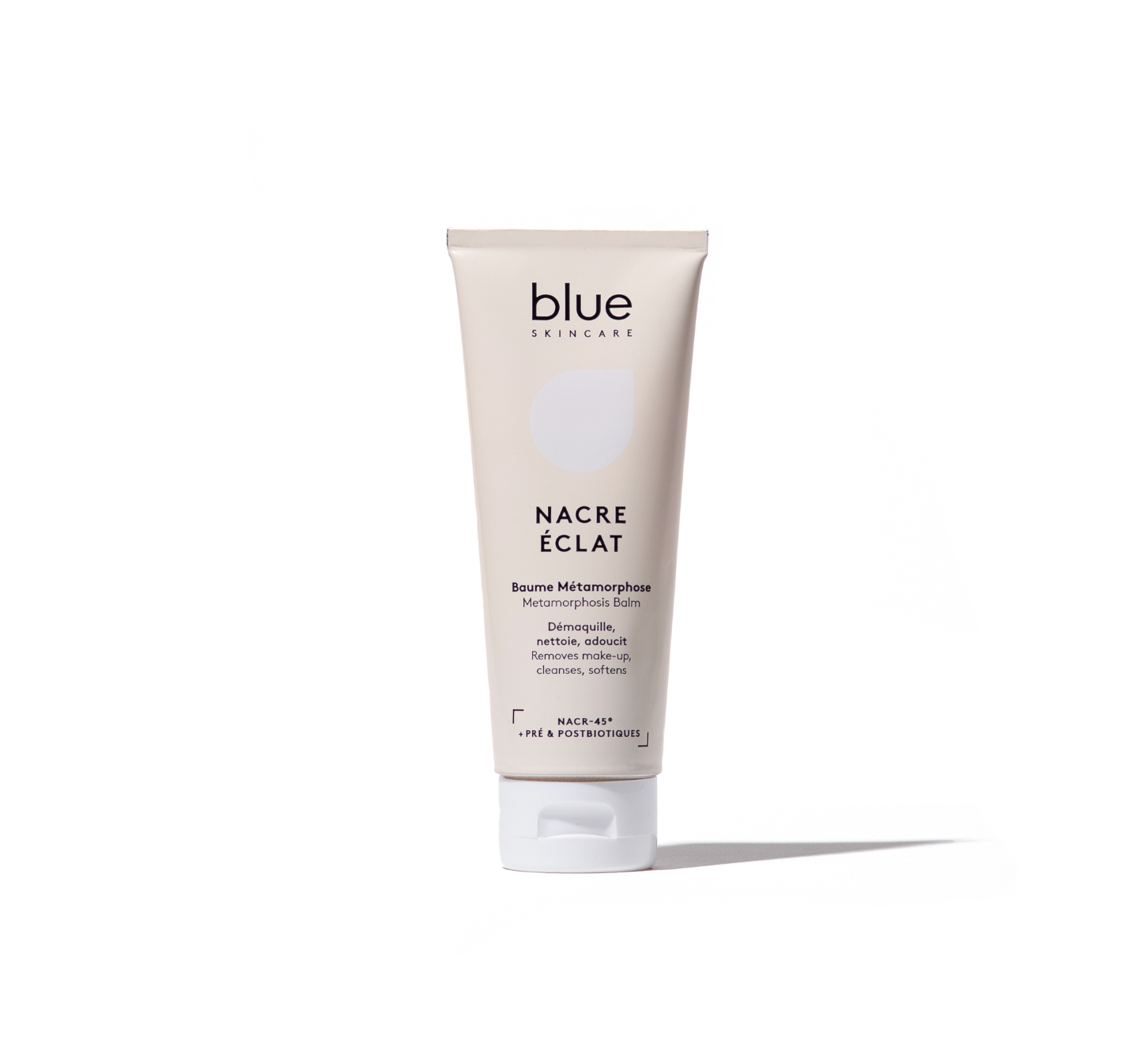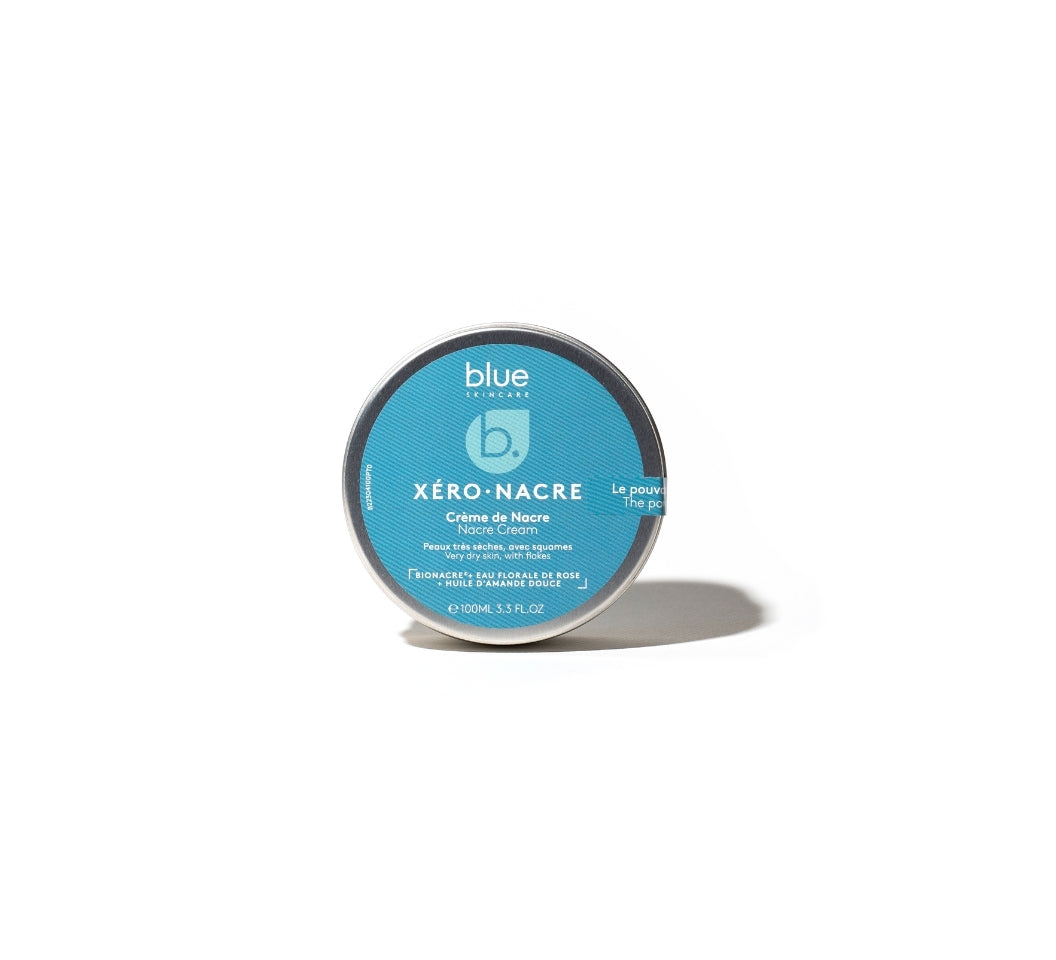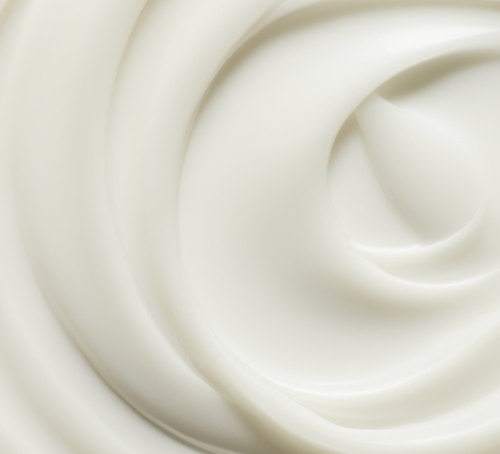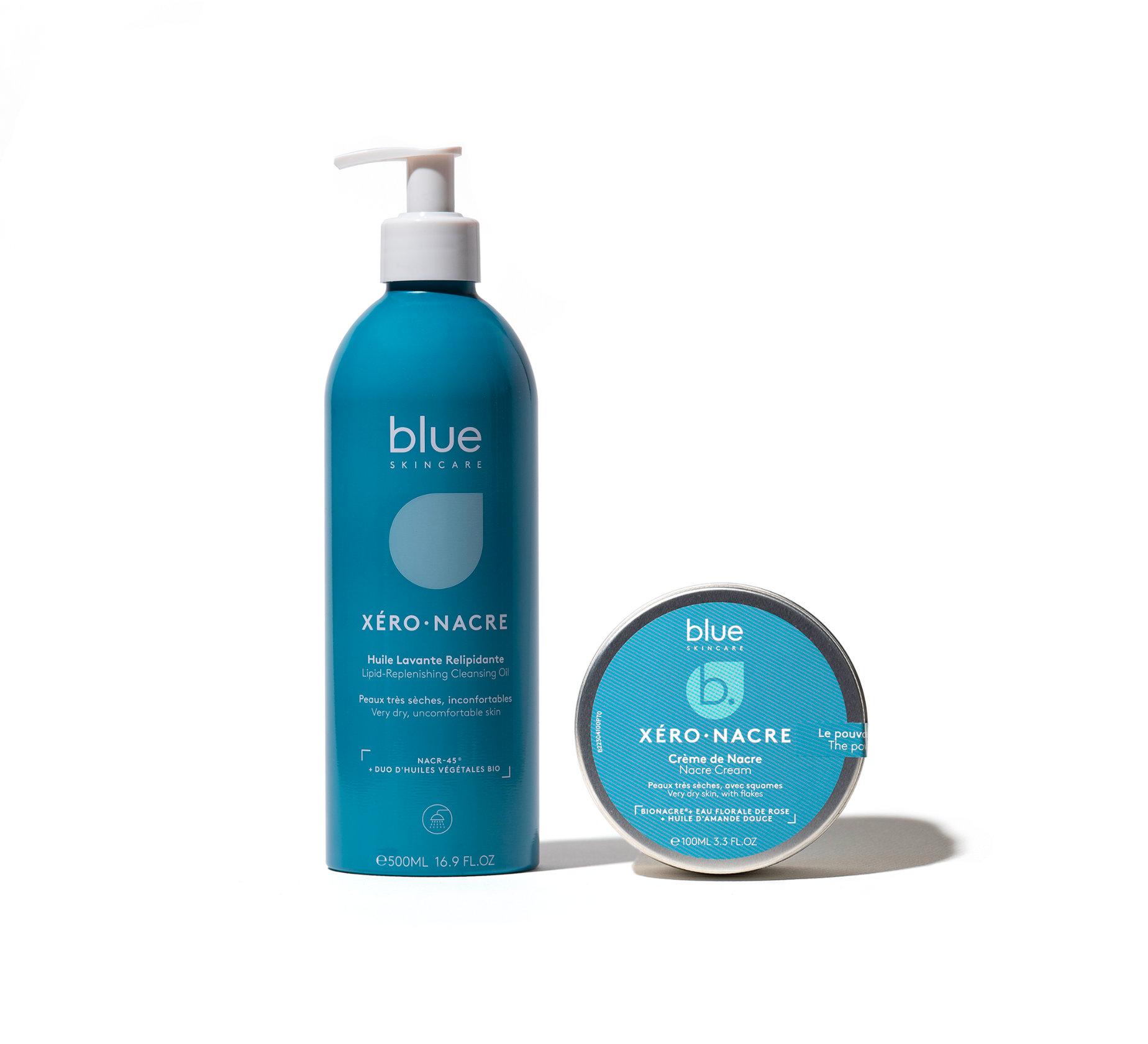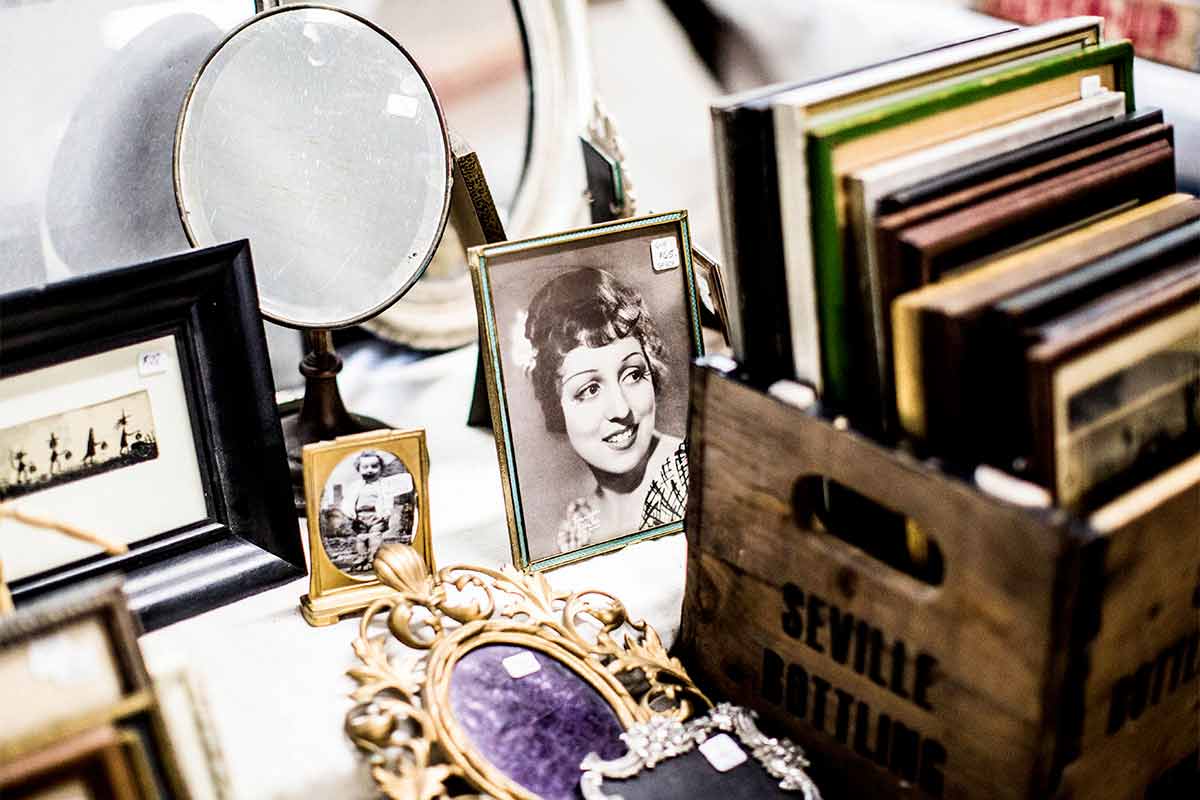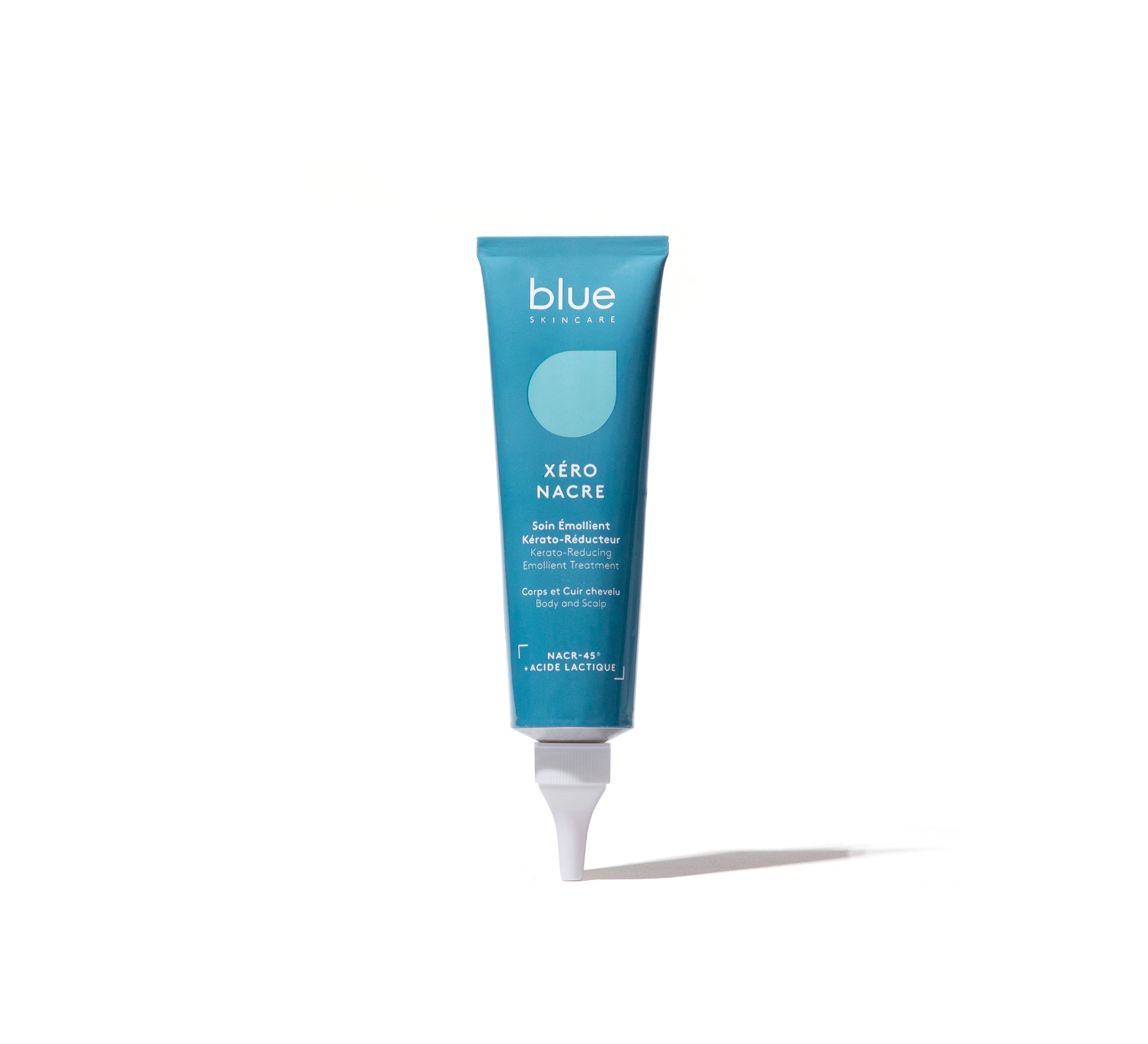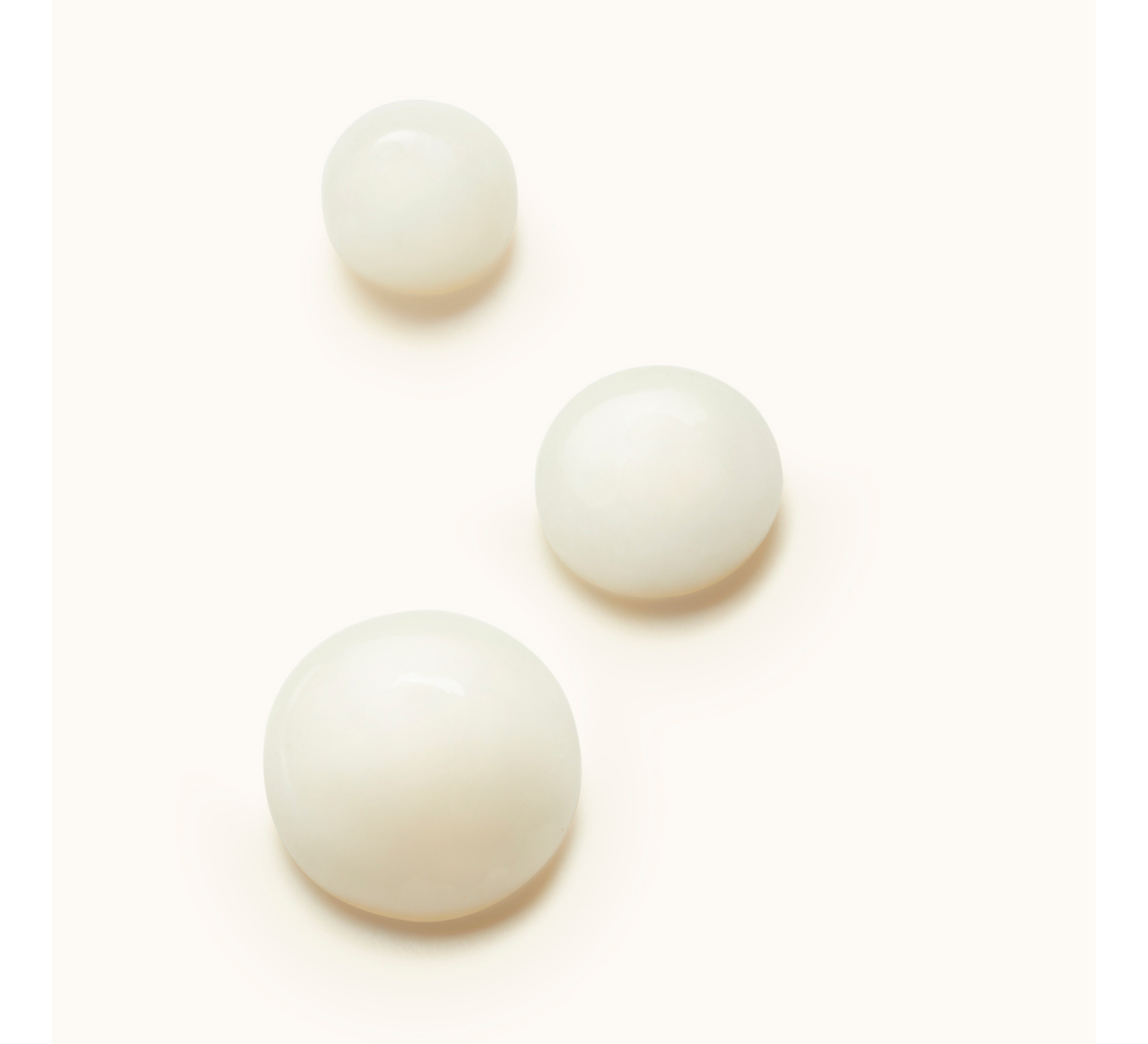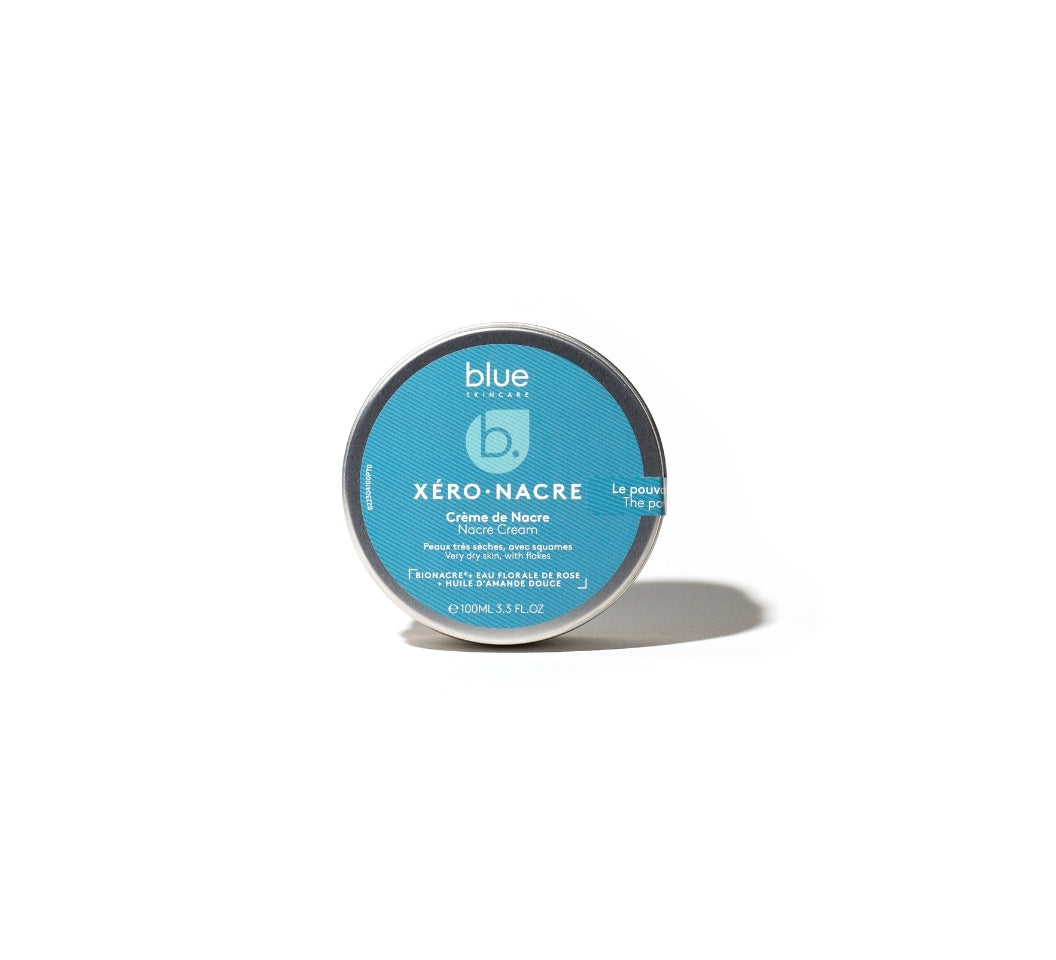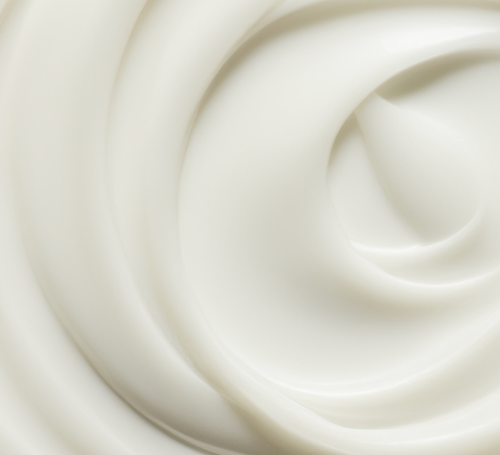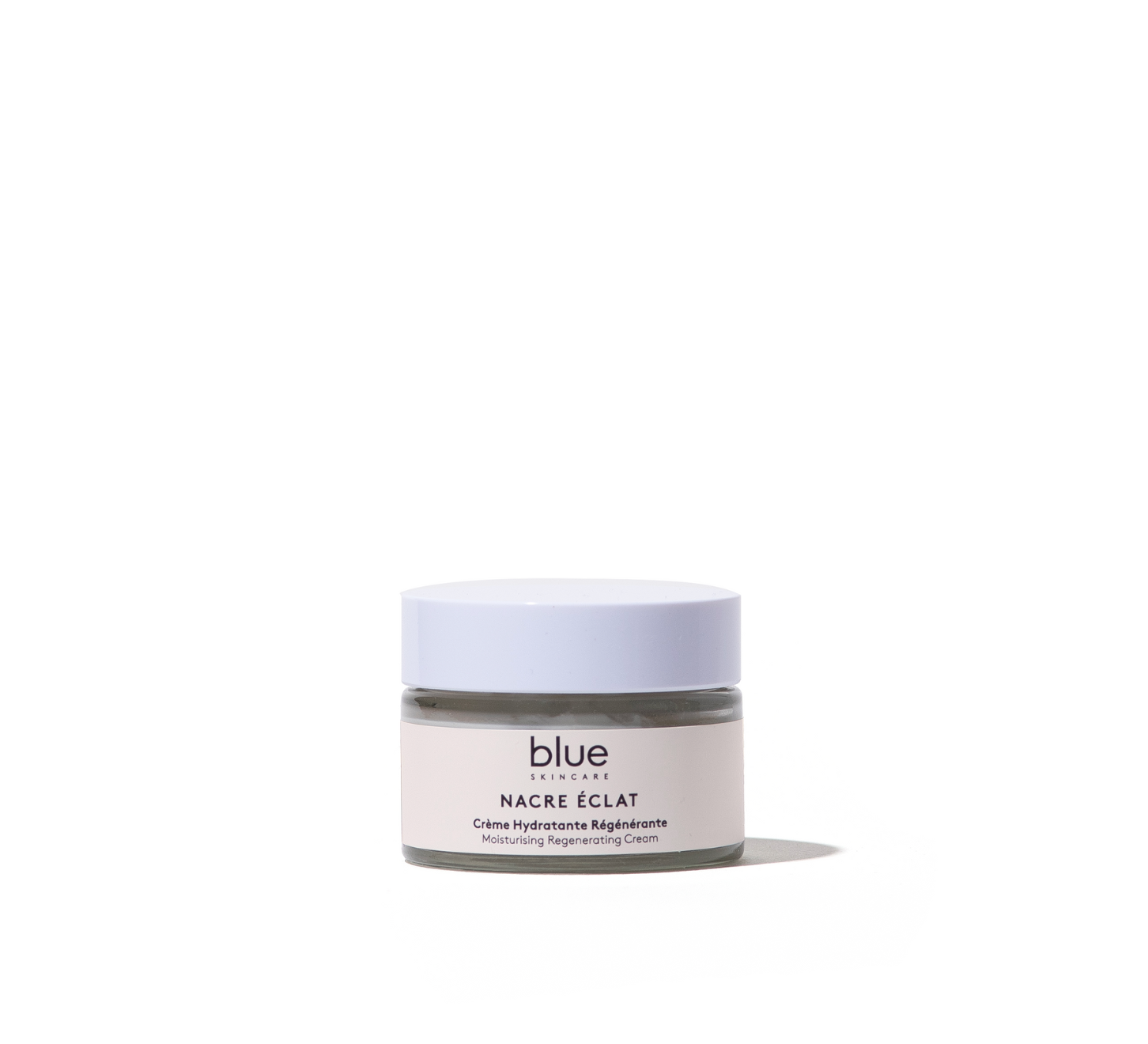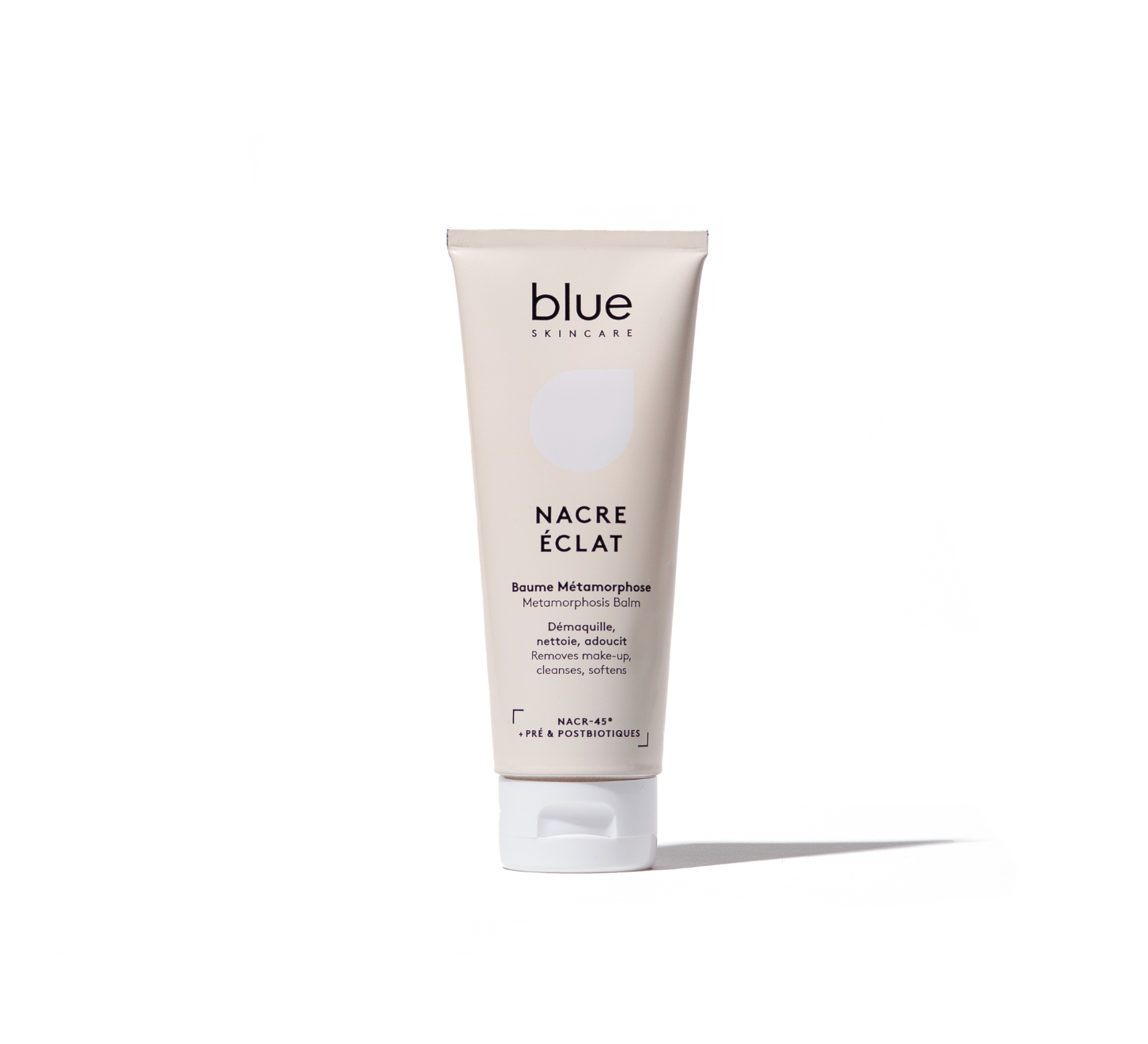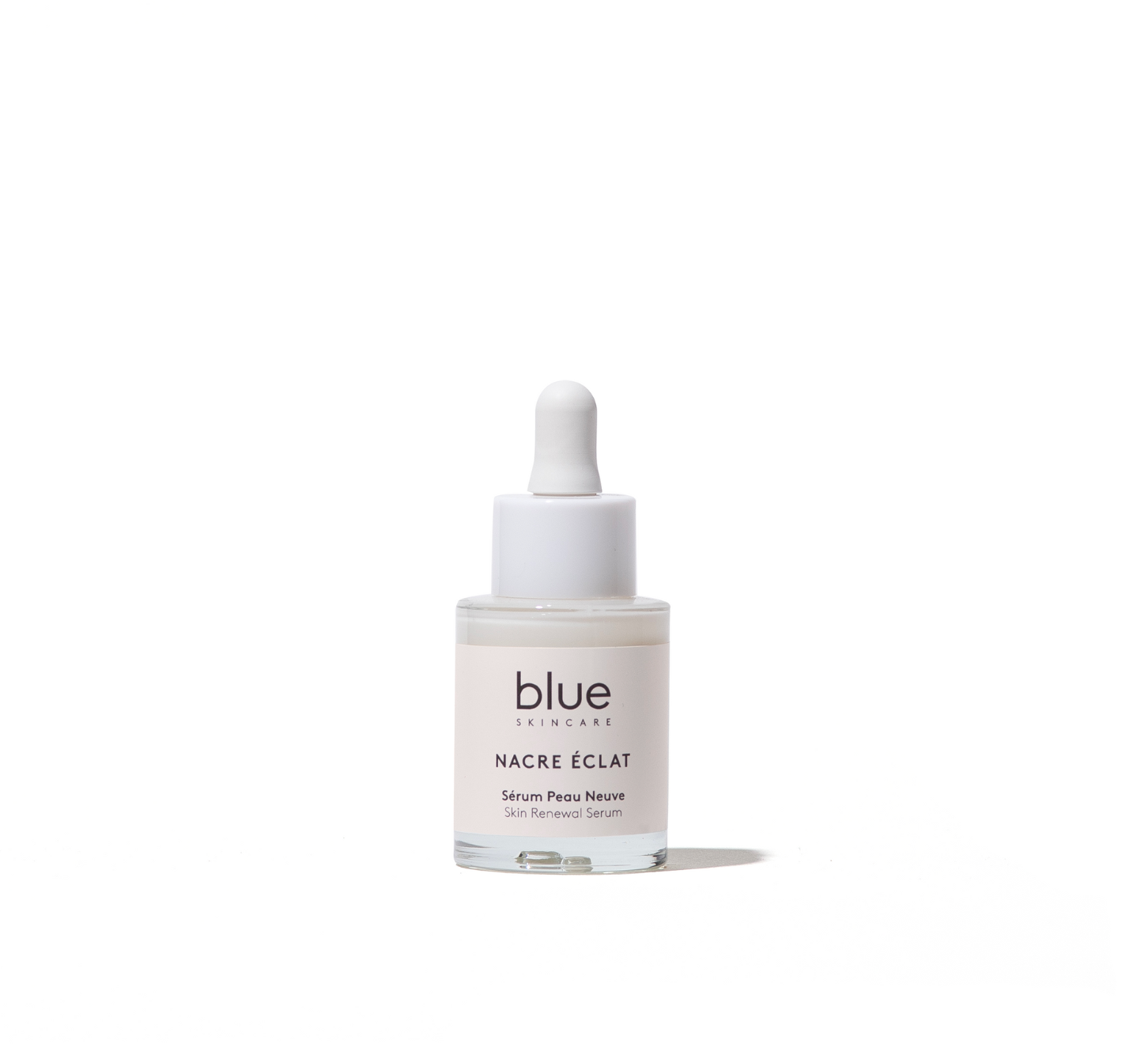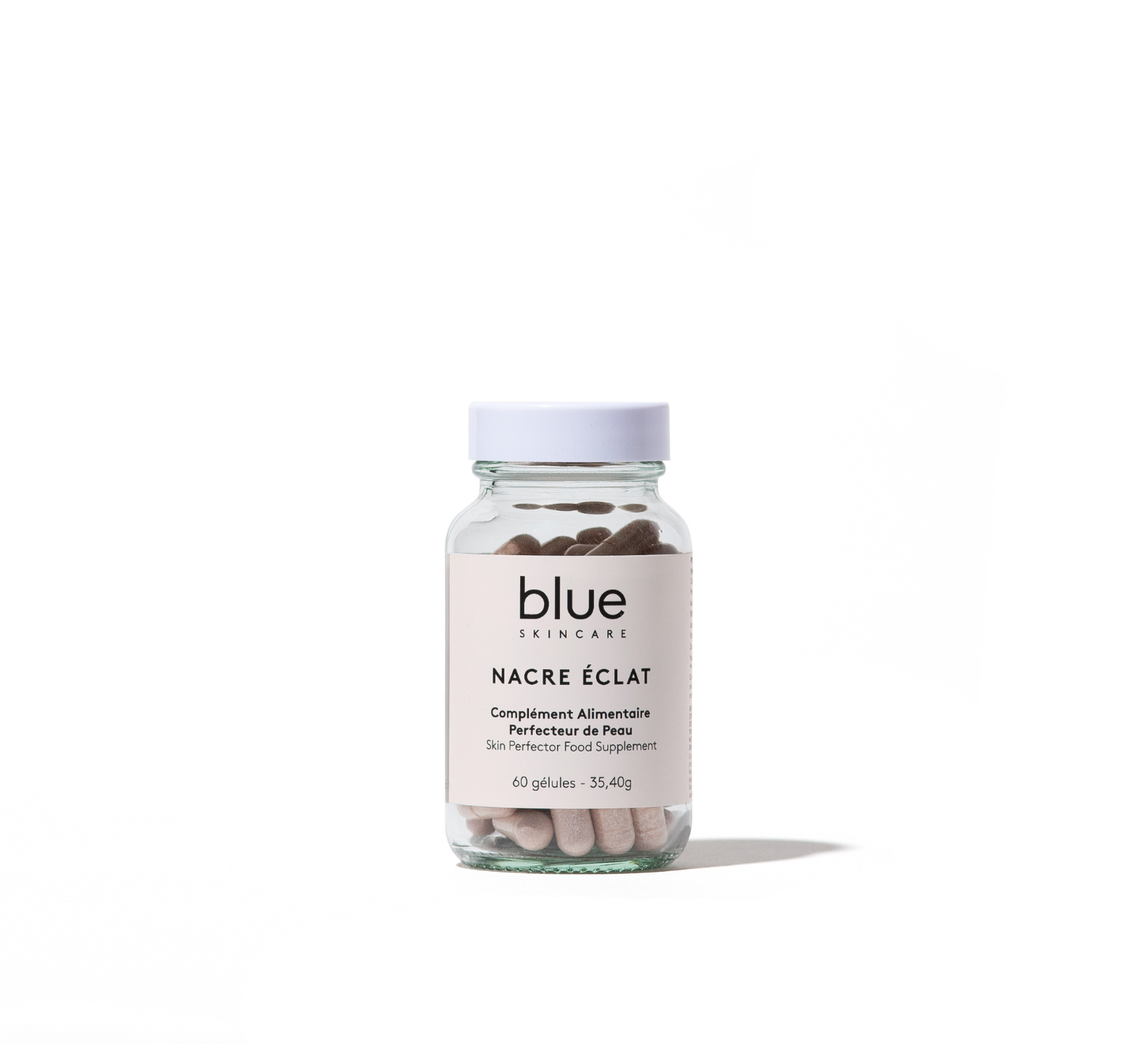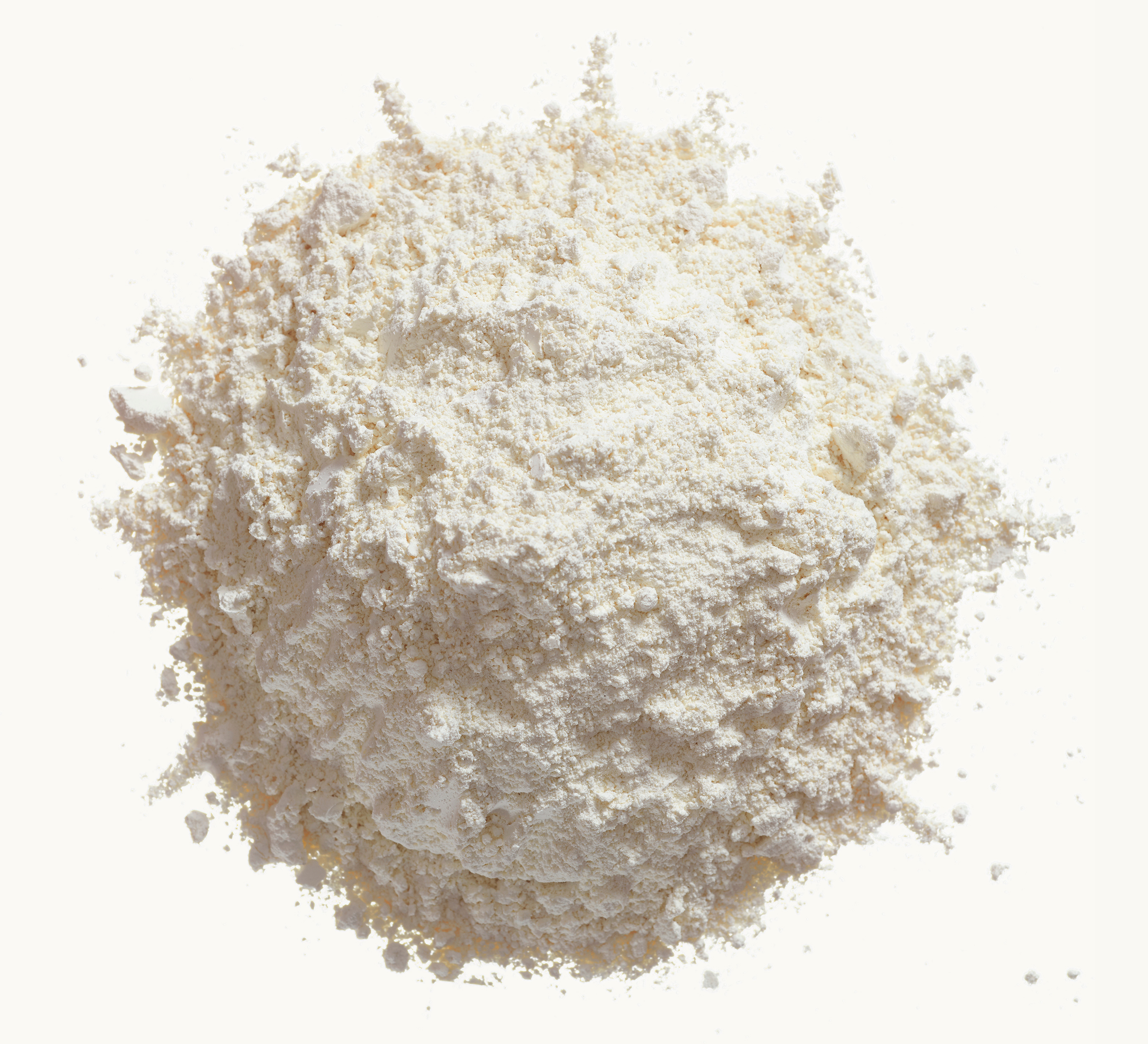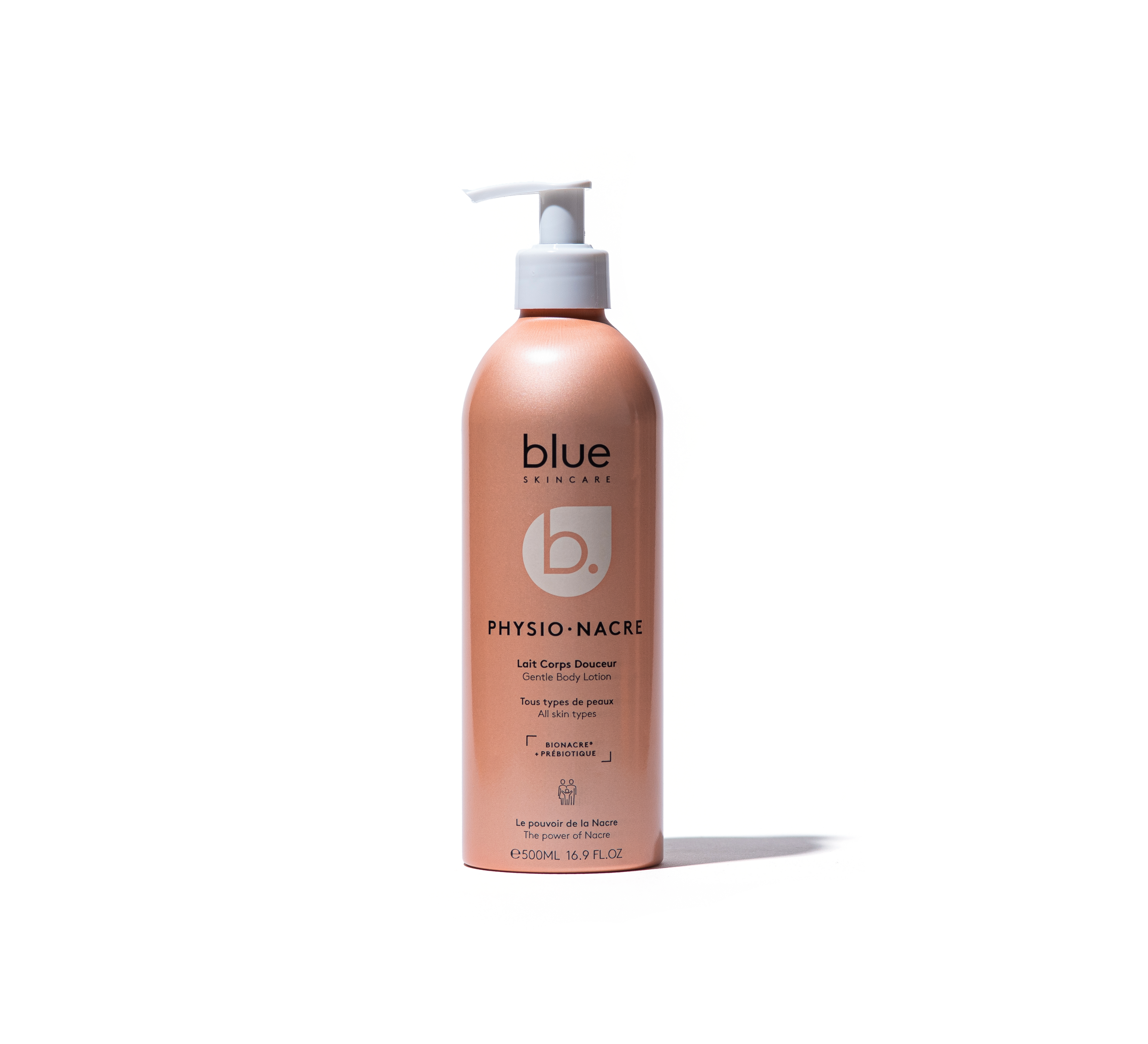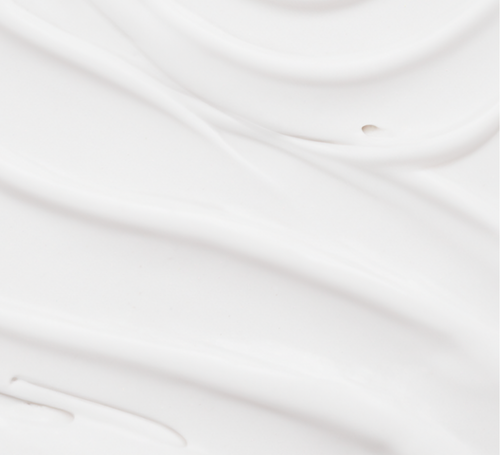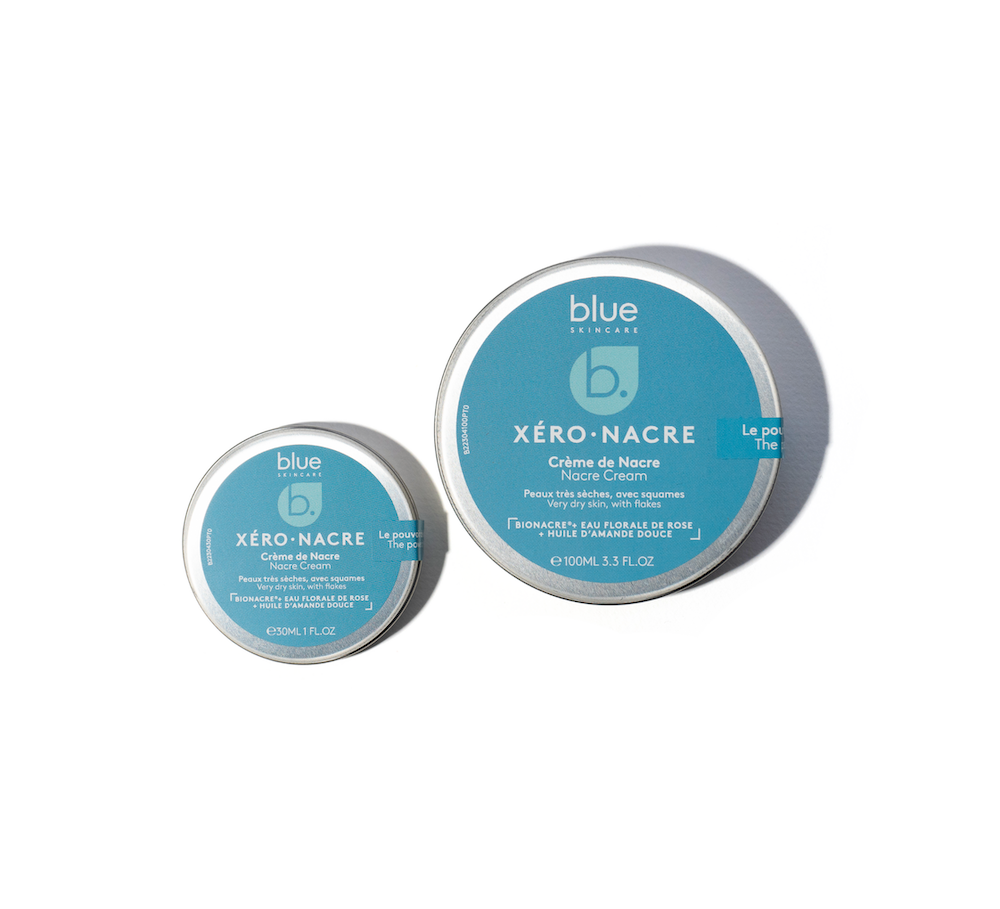We know it today: ecology is essentially based on our consumption. Our wallets allow us to finance virtuous products or, on the contrary, polluting ones. Conversely, buying second-hand allows us to save energy, resources and reduce CO2 emissions (which accelerate and worsen global warming). Not to mention the interest of second-hand prices which defy all competition!
Ecology: why buy second-hand?
The manufacture of an object or a garment requires not only raw materials which, to be used, require energy, but also a whole bundle of services, actions and resources (water, electricity, etc.). The entire process
Buying second-hand: the eco-friendly gesture to curb fast fashion
The fashion industry is the second most polluting industry after the oil industry. Thousands of ecosystems, lands or rivers are destroyed by toxic industrial discharges from dyes, especially in poor countries (manufacturing sites and legislation that are not very careful). In terms of resources, it is also terrible. Imagine: we are talking about 10,000 liters of water used to make a simple pair of jeans! The sandblasting technique that washes them out (sand projected at high pressure) is polluting, wastes water and triggers silicosis, an incurable and fatal disease in workers who breathe in silica dust. Even if this decried technique is supposed to stop, it is still practiced massively. Finally, the cotton cultivation necessary for the manufacture of denim is one of the most polluting in the world.
Bad luck, according to the WHO cotton represents 40% of global textile production, 25% of insecticides and 2.5% of cultivated areas. Worse, more than half of the cotton grown in the world is genetically modified. Organic cotton farming is more ethical and less harmful since it is grown without pesticides, insecticides or chemical fertilizers. But it still requires a lot of water. However, fast fashion encourages people to buy again and again these cheap cotton pieces, made on the other side of the world. Buying second-hand is a brake on this ecological disaster.
Buying second-hand: an anti-waste weapon!
Another major ecological argument in favor of second-hand products: using a product a second time instead of throwing it away avoids the creation of waste, which implies the use of packaging, plastic, etc. Waste that also requires a lot of materials and energy to produce. In reality, packaging should be considered as objects in its own right. Buying second-hand toys, for example, allows you to adopt a zero waste approach, but also zero plastic , or at least zero "new" plastic. Faced with a society of overconsumption, second-hand products have another advantage: sometimes offering new products that are still packaged, or in perfect condition. These lower-priced products have a virtually zero carbon footprint , which is reduced to the act of purchase and transport, generally local or national, and highly shared.
Buying second-hand on the Internet: specialist or general second-hand sites?
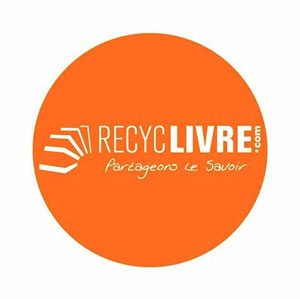





On the Internet, there are several options available to you.
- There are specialized sites like VideDressing.com Onceagain.fr for beautiful clothes, Percentil for second-hand clothes, and iletaitplusieursfois.com, micolet.fr or salopettepetitcol.com for pretty second-hand children's clothes.
- Others specialize in high-tech devices: Backmarket, yesyes, or even La Fnac "Reconditioned-and-used" tab for computers and phones. Most large groups are getting involved, so Darty also offers a second-hand equipment service. These sites provide a certain number of guarantees: working condition, brand or condition of the clothing, and simply the shipping. They are to be favored for a major purchase, such as a luxury item that could be counterfeit or a device that could break down.
- Generalist sites like leboncoin, eBay or Vinted, rely entirely on individuals who manage the ads and shipments. For small items like toys, books and clothes, you can find gems at lower prices and often new, with or without packaging. Book prices can sometimes be more interesting on specialized second-hand book sites like momox-shop.fr, recyclivre.com or www.chasse-aux-livres.fr: compare before you buy!
But you can also get good deals with more "involving" (more expensive) products. On leboncoin, typically, the offer of furniture from major brands in perfect condition (and even antique furniture), dishes, valuable decorative objects, etc. can allow you to furnish yourself entirely second-hand. If you make a mistake, or want to change your decor some time later, you can easily resell it, and sometimes at the same price (if you have taken care of your purchases). In the end, you can furnish yourself almost for free.
Tips for buying on Vinted
The app that has established itself in just a few years as the undisputed leader in second-hand purchases between individuals offers a world of opportunities in your phone and deserves some advice:
- Search: type in the right keywords and save what you find as favorites.
- Look at all the photos and read the descriptions
- If you have any doubts, send a question: the seller's response will guide your choice.
- Check the seller's profile: if he hasn't logged in to the app for 6 months (visible on his profile), there is little chance that he will respond to your message or send the item. Check his ratings to assess his seriousness.
- Feel free to make a price proposal (specific functionality) or to make a batch by consulting the other products in the seller's dressing room (functionality "batch constitution"). This will amortize the shipping costs.
Avoid listings with only one photo, a ridiculous price compared to the expected quality, or reviews that indicate that sales were not successful: this means that the product was never sent. Even if in this case you get your money back, it is a disappointment.
Tips for selling on Vinted
It is also very easy to sell your useless stuff on Vinted. You collect the money from the sales in the account... to buy back on Vinted (or possibility of paying yourself the money collected). You can really go into a "closed circuit", financing your new purchases with the money from your sales.
- Take care with your photos: make sure they are clear and show the product from different angles.
- Add keywords in the description to make your ad stand out
- Indicate any defects so that the buyer is not surprised
- Take care with the packaging, protect the product well, add a little note
Whether you are buying or selling, don't forget to leave a review on the site!
Buy second-hand from second-hand dealers, consignment shops or auctions
For lovers of antique objects, these are the channels to favor. Connect to online second-hand sites, auction sites like Drouot, etc. The same goes for modern designer furniture, jewelry, luxury leather goods accessories, etc. These serious places generally offer associated services such as delivery as well as invoices, certificates of authenticity, etc. These places offer good traceability and you can do real business there. The difficulty? Finding what you are looking for. You find better when you are not looking for anything specific! Or you have to be patient, and follow online sales regularly, to finally find what you were looking for.
Buy second-hand and in solidarity in “resource centers” or “recycling centers”

Have you heard of recycling centres? These new types of charity shops are popping up everywhere, often in the form of associations. They collect donations from citizens and sell all sorts of everyday objects at low prices: crockery, toys, books, musical instruments, small household appliances, etc. Sometimes furniture too, like at Emmaüs. Just look for addresses near you to donate or buy. You can find workshops there to learn how to repair broken appliances and a network of supportive people. The profits are donated to the association, which allows them to hire staff to run the store or carry out actions in favor of disadvantaged populations. It is the symbol of the circular economy par excellence!
How to buy second-hand clothes?
When buying for yourself, you have to project yourself into the garment (more difficult for a jacket than for a t-shirt). Look carefully at the cut, if the waistband is elastic, if the fabric is fluid, etc. The brand can also give you an idea of the quality, especially if you know it. In all cases, look at the condition of the item: pilling, relaxed fabric, cut deformed by wear can be disappointing. The ideal is to look for something specific: the more you know what you want, the more likely you are to be satisfied, especially for example if you buy back your beloved sneakers once worn out. This is even more valid for children : when you know the models of a brand, you can easily find them a size larger. Generally speaking, buying second-hand children's clothes is very easy, because the prices are attractive. And since children do not wear their clothes for long, the risk is minimal. A technique that can really reduce your budget.
How to buy used furniture?
It's a little different. In addition to defects such as scratches, marks, chipped paint or varnish that needs to be redone that influence the purchasing decision, it is the technical conditions of assembly and delivery that can change everything. A piece of furniture in a kit without its instructions, or with missing screws, will lead you into a great moment of solitude and irritation. Similarly, individuals do not deliver, so it is better to turn to geolocated sales such as on leboncoin to avoid having to pay a carrier. Finally, also be careful with designer furniture: it may have been repainted, modified or be replicas without you being able to check. However, they no longer have the same value at all if they have undergone modifications! Otherwise, many sites specialize in the sale of second-hand vintage furniture, such as selency, troc.com or izidore, which allow you to avoid buying new furniture that is often of average quality.
How to buy second-hand luxury items?

The problem here is first and foremost counterfeiting, of course. Whether it's handbags, perfume or jewelry , unless you go through a site that guarantees authenticity, there is a significant risk. Copies have become so close to authentic objects that it is sometimes very difficult to see them in a photo. Be particularly wary of profiles that offer only one or two products, with only one or two reviews: these are profiles that sell a counterfeit product and then disappear.
On sites that guarantee authenticity (the best option) ask if the product is sold with the original packaging, certificate of authenticity, warranty, etc. For watches, for example, an invoice may be requested to ensure repairs. It is not forbidden to sell without it, but it can be annoying later.
How to buy used household appliances or high-tech products?
If you buy on site, in a resource center/recycling center, it is easy to ask for a plug to check that the object works, and then having it in hand and under your eyes, little risk of bad surprises. Remotely, it is more complicated, here again, by going through an official site managed by a group, you can have an extended warranty which is very reassuring: the machine has, in fact, been tested and "reconditioned" by professionals. All that remains is to manage the delivery which can present an additional cost. On the other hand, between individuals, if you buy, move: if once on site the machine presents a problem, you can leave without it, whereas if the seller delivers it to you, he can then make a fuss if you refuse to complete the sale.
How to buy used cars and houses?
When it comes to cars, ecological concerns are similar to those of high-tech products: thousands of components go into manufacturing and just as many products are used. But governments are putting in place incentives for manufacturers to reduce their carbon footprint and produce more environmentally friendly models. Buying a used car avoids all the pollution linked to manufacturing, but can be more polluting in use than a new model, especially if the vehicle is really old. In some cases, the used market can offer very recent vehicles, with few kilometers on the clock. Here again, used remains preferable in the vast majority of cases ecologically speaking, over the entire life cycle, whether it is gasoline, diesel, hybrid or electric. Not to mention that buying a used car is much more profitable than buying a new car (which depreciates massively from the first year: loses between 15 and 30% of its value).
As for houses, know that the urbanization of natural territories is a real cataclysm for ecosystems, which are simply razed. Even if it seems strange to mention it, in comparison with clothing, know that the impact of these real estate projects is just as worrying. Indeed, construction materials are also extremely polluting: concrete is one of the most harmful materials there is. An extreme consumer of water, it is responsible for a large share of greenhouse gas emissions and thus contributes to global warming, not to mention the damage caused by limestone quarries and cement plants. The construction industry is highly destructive for the planet. Not to mention that real estate investment in old buildings is much more profitable than in new ones.
How to buy second-hand goods at a garage sale or street flea market?

This is probably the best travel/risk/price ratio. You can check on site, have the object or clothing in hand, the prices are generally very low, and finally, you avoid shipping costs. Advantages that are particularly valid for toys and children's clothes, which can sometimes even be exchanged between exhibitors if you participate in the garage sale yourself!
Yes, the world is changing. It is time to stop over-consuming, to buy less, but better, sustainable and above all, second-hand in order to limit our impact. It is one of the rare gestures, with the boycott of a product, to have a direct, measurable and immediate effect. When we see the mountains of discarded clothes washed up on the beaches or hidden in the Chilean desert after having polluted so much, and the computers piled up in the open air in a landfill in Ghana after having cost the planet so much in rare materials, buying second-hand is a solution for the future . Without a doubt!
